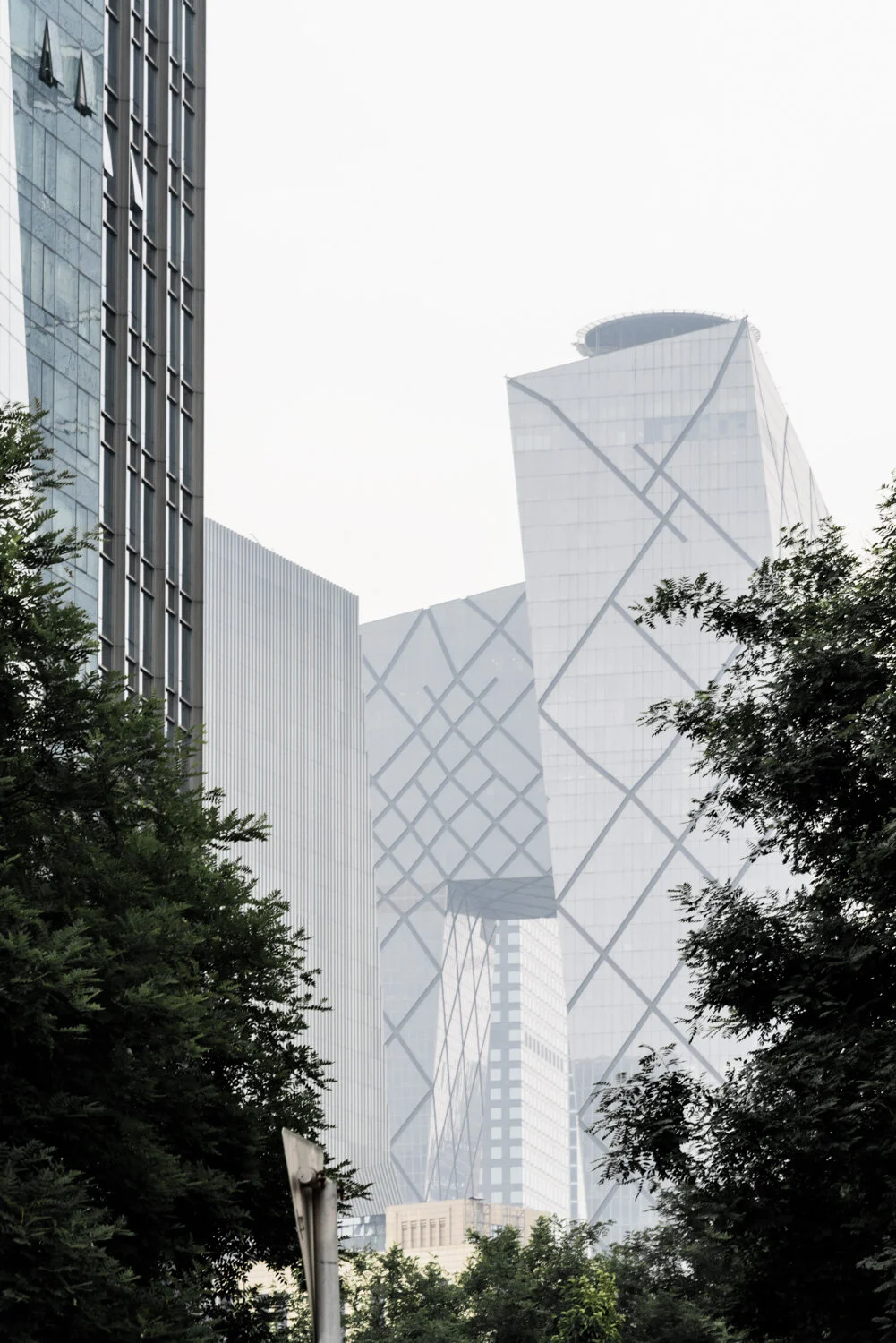Getting lost in the Forbidden City
The Chinese capital has 7 monuments listed between UNESCO World Heritage Sites. In addition to the well known Great Wall, and some other lesser-known sites that require a trip out of town, in the metropolitan area of Beijing you can visit 3 of these magnificent sites, of which the most impressive is the Forbidden City
To call it a monument is reductive, even if its size is relatively modest compared to that of the surrounding metropolis: it is a real city, incorporated over the centuries by the new districts of the modern Beijing, and consists of a chessboard of more than 900 buildings, once inhabited by the Ming imperial family.
The name evokes the prohibition for anyone who was not part of the imperial family or its guards to enter without the explicit permission of the emperor. Today this definition seems almost paradoxical, considering that "just" 80,000 visitors a day are allowed into this wonderful complex.
It is highly recommended to book your visit in advance, if you do not want to run into the inconvenience of being rejected at the entrance after an endless queue for checking bags and documents. Access to the entrance is through Tiananmen Square and a portal on which, since 1949, a gigantic portrait of Mao Zedong has dominated.
An austere and imposing red boundary wall surrounds the entire city, protecting the pagoda-shaped buildings crowned by ochre tiles, alternating with large paved spaces furrowed by canals and small hidden gardens.
The architecture of the buildings is uniform and characterized by imposing constructions raised on inlaid marble basements and arranged along a straight axis that crosses the complex from North to South.
The body of the buildings is a magnificent architectural combination of wooden columns and walls painted red and crowned with finely painted building elements in vivid shades of green, blue and gold, with geometric motifs or scenes of city-life or animals.
The impressive, richly decorated dougongs (complex architectural joints between beams and columns) support the cuvilinear roofs, covered with mostly ochre-yellow glazed tiles, with gargoyles populated by mythological figures.
The set of buildings, very similar to each other, alternates with vast open spaces on several levels, accessed by imposing staircases or modest portals. The flow of tourists is also concentrated on the main axis, and so, if you want to find a little peace or space for a photograph without intruders, just go into the side streets or enter some courtyard that hides a secondary quiet temple.
With the entrance ticket you can move freely in the city and visit the main buildings and the main open spaces. In addition to these, some more hidden areas require integration with the main ticket. It is just necessary to add one Euro or two to the cost of admission, but what is hidden in these secondary courtyards is priceless.
The architecture and charm of the forbidden city, in a peaceful dimension. Few tourists venture into these recesses of the complex, which for this reason have an even greater attraction, without the confusion of the crowd and the heads of tourists popping up in your photos.
You get lost in the streets of this complex, and a day would not be enough to say that you have visited every corner.
For an even more evocative point of view, however, the advice is to conclude the visit to the city and exit from the North entrance, in front of which is the access to the Jingshan park.
This garden develops on a hill artificially realised with the earth of the excavations carried out for the construction of the moat that surrounds the Forbidden City. After having climbed the stairs wrapping the hill, you can admire an undisturbed and unexpected view on the entire Forbidden City. A bird's eye view over the golden roofs alternating with the vegetation and red arcades, surrounded by the muffled grey buildings of the new city.
HOW TO GET THERE
Metro Tiananmen West/East
GOOD TO KNOW
On special occasions, as happened when I was there, the square is closed, and security checks are carried out before the entrance to Tiananmen Square. In this case you have to get off at the Qianmen stop and proceed to the controls on the east side of the square, on Guangchang East Side Rd. It is better to organize to arrive 1-2 hours before the time of entry, in case of online booking, get water and patience and wait in a long queue for checks.
TICKETS
9$
There are several sites that offer online booking. It is good to scan the web to find where you can book from abroad as some sites require you to have a Chinese phone number for the booking.
SMART TIP
Visit the Jingshan Park for an impressive view of the Forbidden City. Admission to the park costs 10 Yuan, but you can access the turnstiles using the rechargeable public transport card to get a substantial discount on your ticket.












